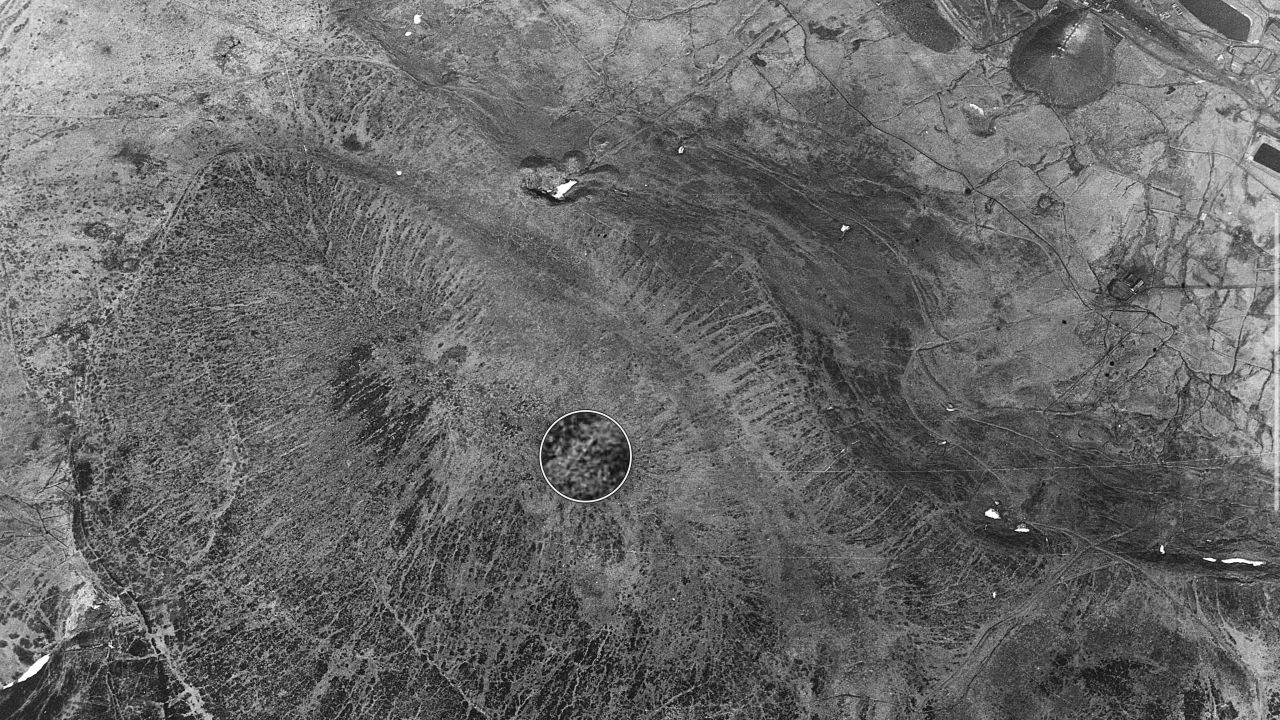No personnel yet known for posting to this Network or Station.
The low power VHF sets used by the Special Duties outstations, known as TRD sets, were capable of transmitting 30 miles, and in good atmospheric conditions, 60 miles, but could only transmit on line of sight. The topography of the South Wales valleys therefore required concealed repeater stations. There is no known record of their location, but we can infer their locations based on path analysis, backed up by historic aerial photography.
Sergeant Jack Millie who helped build the network said, “The nature of hilly Wales proved a huge headache for our small power VHF static network”
Captain Ken Ward who helped set up the Special Duties Network reported that, “In some areas we had to establish concealed repeater stations between coast stations and the “met” hut.”
Coity Mountain sits above Blaenavon, south west of Blorenge and, standing 17 m taller, blocks all signals into and and out the Blorenge Instation and is therefore highly likely to have been the location of a repeater. A 1947 aerial photograph shows, faintly, what appears to be a collapsed telegraph pole amongst the slag heaps on the summit. This may be the site of a repeater station or another unrelated structure. Further information on this site would be welcome.
Coity repeater station
Richard Griffiths
Letter from Ken Ward to J Warwicker, 24 Apr 1999, BROM archives
Letter from Jack Millie to Arthur Gabbitas, 9 Jan 1996; BROM Archive
